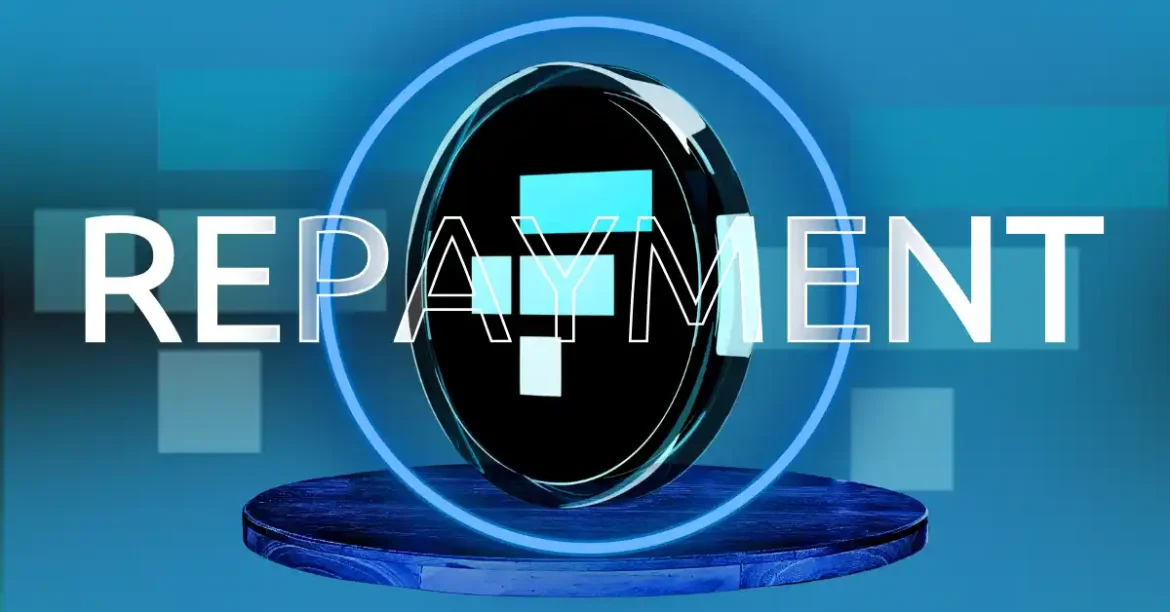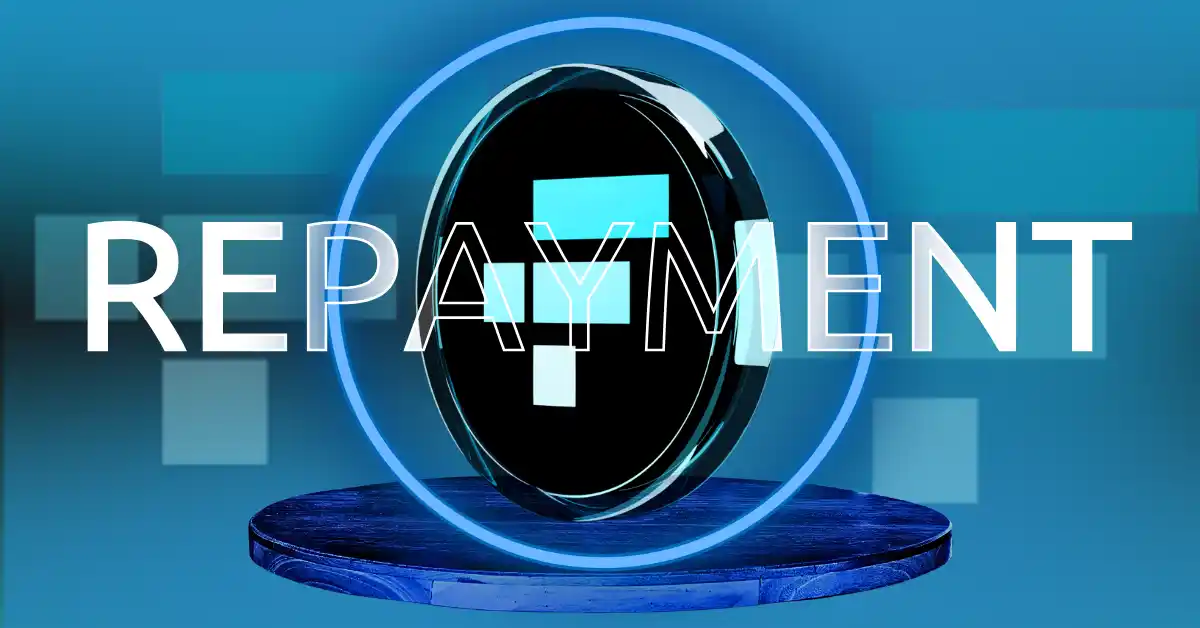The looming financial ripple from FTX’s bankruptcy rehabilitation efforts marks a pivotal chapter for both the crypto industry and its creditors. Over the span of recent reports, a clear narrative has emerged surrounding FTX’s commitment to restituting a substantial sum—more than $5 billion—beginning on May 30, 2025. This event signifies not just a financial milestone but also an indicator of maturity within a sector still grappling with its regulatory and operational uncertainties.
The Context of FTX’s Bankruptcy and Recovery Strategy
FTX’s collapse in late 2022 sent shockwaves through the cryptocurrency world, revealing vulnerabilities in governance, risk management, and the overarching infrastructure that underpins many crypto exchanges. The bankruptcy, filed under Chapter 11, instantly transformed FTX from a dominant industry player into a complex legal case centered around asset recovery and creditor claims. The restructuring process officially began with a focus on maximizing recoveries and equitably distributing the remaining assets to creditors—a process fraught with legal, logistical, and operational challenges.
This bankruptcy scenario is reminiscent of large-scale corporate dissolutions, but with unique nuances thanks to the asset class involved. Cryptocurrencies, with their high volatility and evolving regulatory landscape, demand meticulous handling in asset recovery efforts. The recent announcements provide clarity on the direction of this process, highlighting the scale and transparency offered to creditors.
The Key Figures and Timeline
The most striking aspect of the recent reports is the confirmed timeline: May 30, 2025, is set as the commencement of the second major distribution phase, during which over $5 billion will be allocated among eligible creditors. This is the culmination of months of preparation, legal approvals, and logistical coordination. The distribution date is not arbitrary but is the result of court-approved plans built into FTX’s Chapter 11 reorganization strategy.
The projected payout amount of over $5 billion underpins the substantiality of the assets recovered and deemed distributable. It’s instructive to note that these funds encompass various claims classifications, including those from retail investors, institutional creditors, and possibly other stakeholders. The differentiation of payment rates, as indicated by some sources, suggests a nuanced approach tailored to the specifics of each claim class, possibly factoring in the priority of claims, the completeness of pre-distribution procedures, and the degree of allowed claims as of a set date.
Distribution Platforms and Eligibility Criteria
Funds are to be disbursed through well-established crypto firms such as BitGo and Kraken, both of which serve as custodians and distribution channel partners in this complex process. This relationship underscores a shift towards leveraging trusted infrastructure for large-scale financial redistributions within the crypto ecosystem, reinforcing the sector’s maturing stance on security, transparency, and regulatory compliance.
Eligibility, as seen in multiple reports, hinges on whether creditors have completed the pre-distribution requirements, including onboarding procedures with these platforms. This step likely involves verifying claim amounts, ensuring compliance with anti-fraud measures, and facilitating smooth transfers of assets. The process emphasizes that not all claimants automatically qualify; adherence to procedural prerequisites is essential to participate.
The Distribution Mechanics and Ranges
While the headline figure—over $5 billion—is prominent, the actual disbursements will vary. Some reports specify that certain creditor classes, like those holding smaller claims under “Convenience Claims,” might receive full or near-full settlements, potentially reaching 120% in some cases. Larger claims, especially those exceeding $50,000, are prioritized, and individual payout percentages reflect their standing within the reorganization plan.
Distributions are expected to occur within 1 to 3 business days post-commencement, indicating efficient dispersal mechanisms designed to minimize delays and enhance creditor confidence. This rapid turnaround highlights the advances in operational logistics, possibly powered by digital asset transfers and automated systems designed explicitly for such large-scale payouts.
Broader Industry and Regulatory Implications
The scale of this payout, surpassing $5 billion, is unprecedented in the crypto case history. It sends a powerful message about investor protections and the potential for large-scale recovery under rigorous legal frameworks. Moreover, the involvement of established custodians and clear procedural guidelines signals a maturing environment that could foster renewed confidence among retail and institutional clients.
Regulatory bodies in the U.S. and globally have shown a cautious but growing interest in crypto regulation. The FTX case, with its transparent plans for creditor distributions, may serve as a benchmark for best practices in bankruptcy management within the sector. It demonstrates that even in tumultuous circumstances, structured systemic processes can lead to tangible restitution for creditors while reinforcing the importance of compliance, transparency, and investor safeguarding.
The Future Outlook: Reshaping Expectations and Strategies
While the upcoming distribution will provide significant relief to many claimants, it also raises questions about the long-term impact on the crypto ecosystem. Will such large recoveries bolster broader institutional faith in crypto assets? Or does it signal a need for more robust safeguards in future ventures?
Additionally, the outcome of this process could influence how future insolvency resolutions unfold in this industry. As blockchain and cryptocurrency firms become increasingly integrated into mainstream financial systems, their ability to manage crises effectively will be under scrutiny.
Conclusion: A Landmark in Crypto Bankruptcy Resolution
The May 30 distribution of over $5 billion from the FTX estate constitutes more than just a financial event; it epitomizes the potential for systemic recovery and maturity within the cryptocurrency industry. It reflects a careful balance of legal rigor, technological efficiency, and strategic planning that could serve as a blueprint for similar future endeavors.
As the distribution date approaches, the crypto community, regulators, and investors alike will watch closely, recognizing that this milestone could shape the landscape for years to come. The successful execution might lay the groundwork for a more regulated, transparent, and resilient crypto ecosystem—one where even the most tumultuous collapses can translate into a pathway toward recovery and renewed trust.





